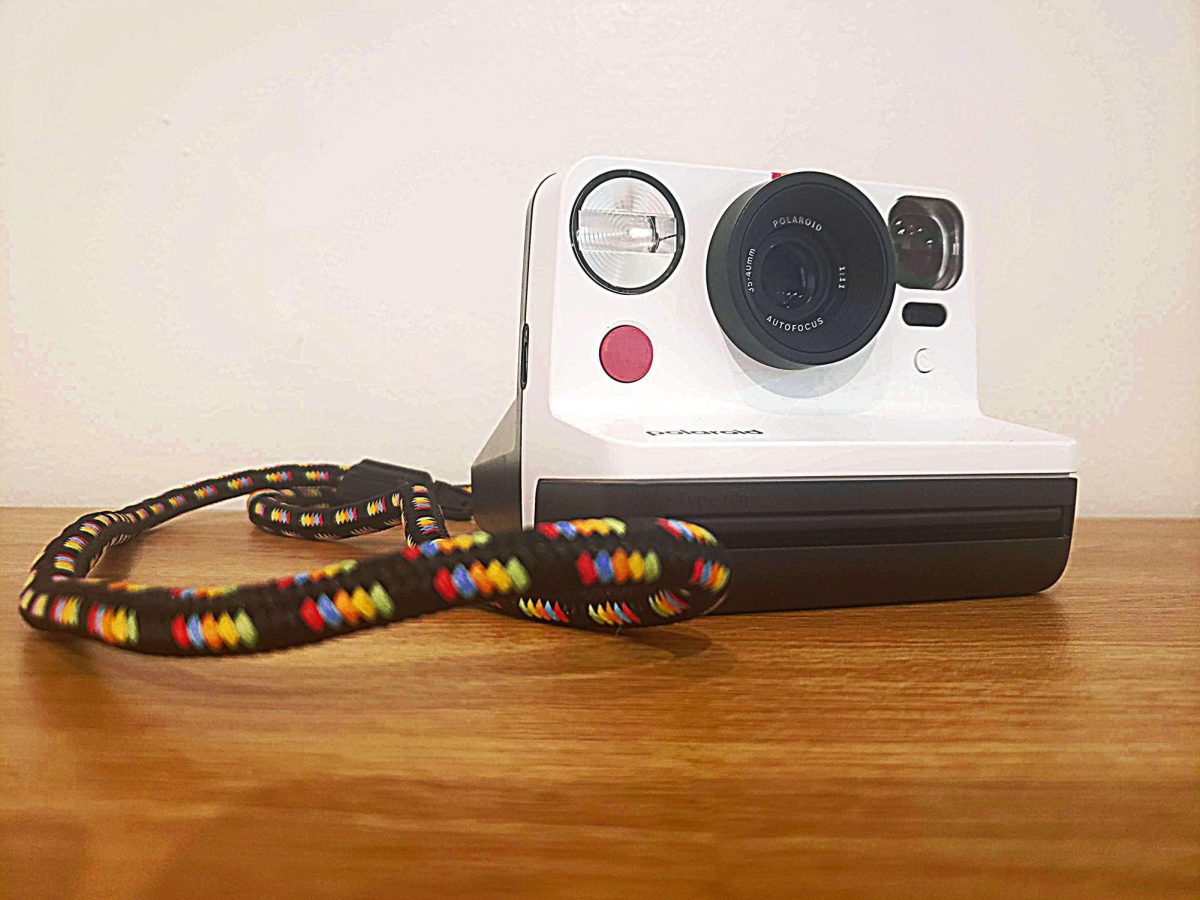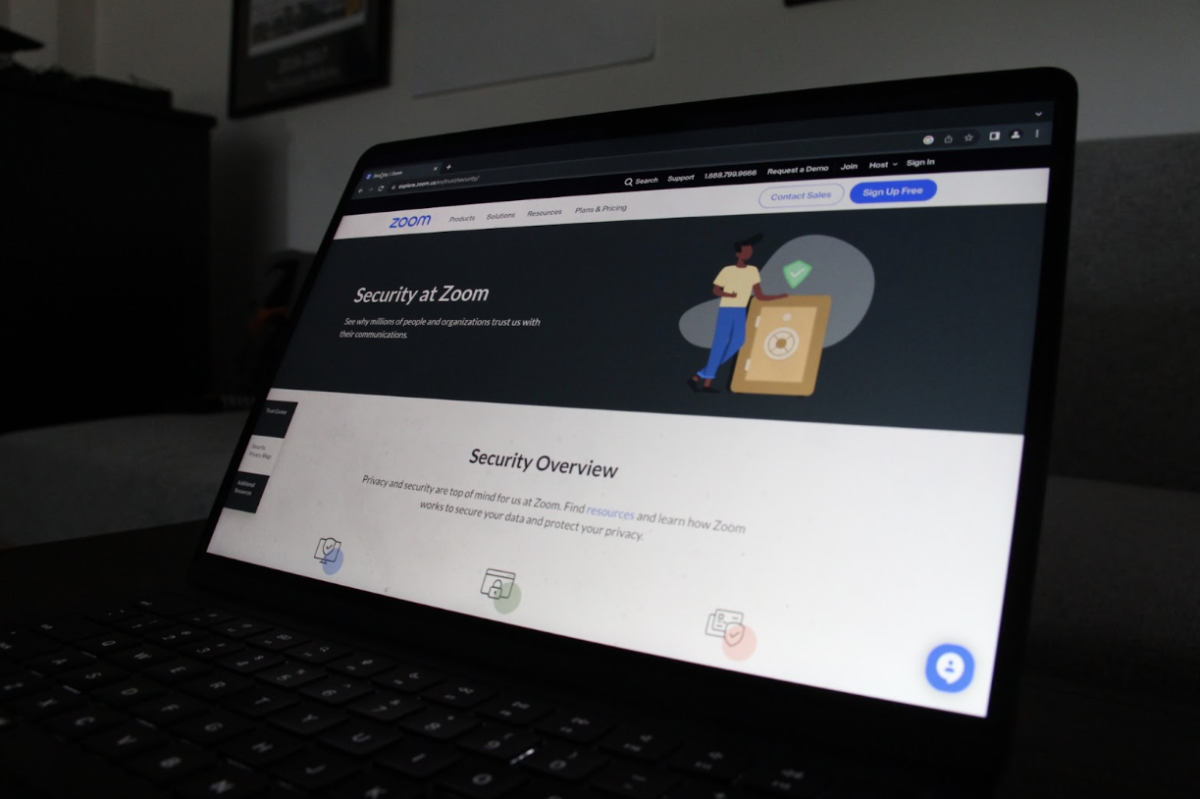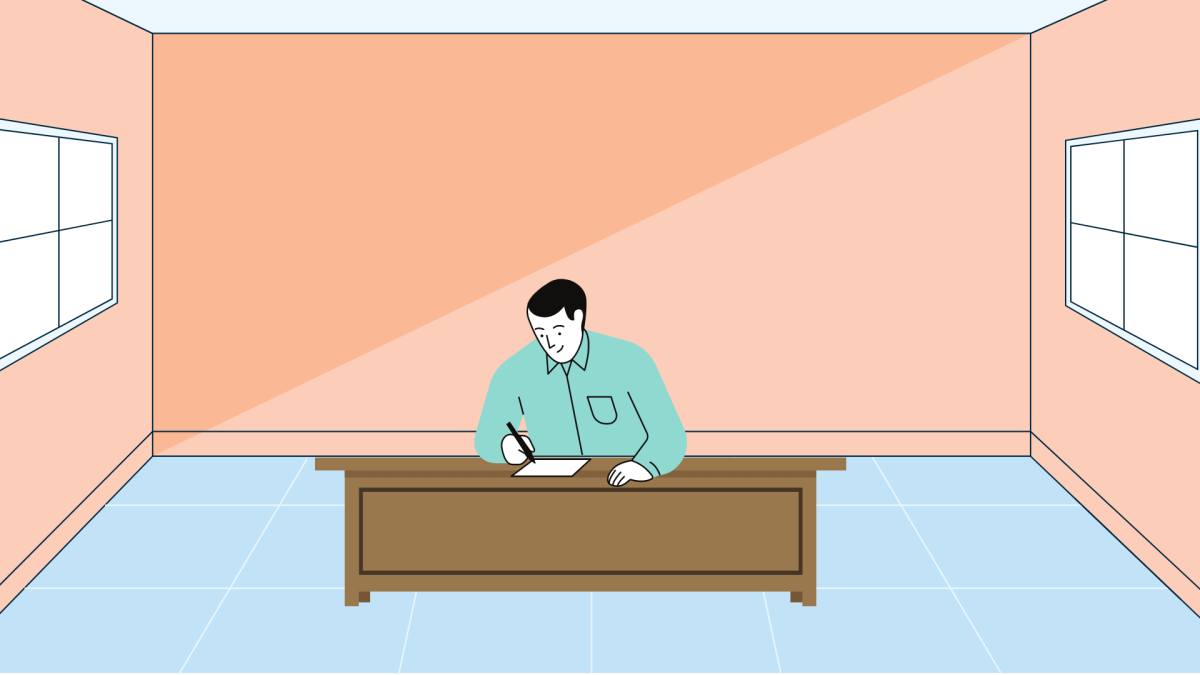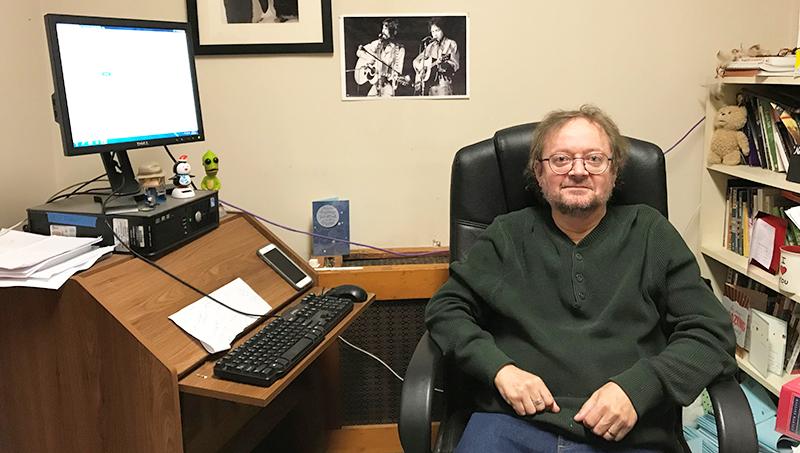“[N]ot to be a b***h like i mean this in the nicest way possible but you shouldnt check your [work] email this late like, you deserve a break esp[ecially] w nonimportant/non-time sensitive questions. i’m getting on my soap box here but this goes back to the way technology has like ruined the work/home life relationship. [I don’t know] you deserve some separation where you don’t have to be working.”
This was perhaps the most aggressively I had ever been told to practice self-care in my life, but after answering a work email at 11:00 p.m., it may be what I deserved and needed.
Truthfully, it is quite common that I respond to emails past business hours, submit proposals right before midnight and stare at data until my eyes won’t stay open any longer. This isn’t counting responding to hour-long incidents following a knock on my door at 2:00 a.m. as a resident assistant or the amount of times I’m stopped while heading to class, getting food or sitting down to name a few because someone has a “quick question” related to some other role I hold.
My work-life balance amounts to an abysmal ratio, as the only time I am truly away from work is when I venture off campus either for a trip down Boston Post Road or for a longer stay home.
This is a reality for many college students, part time and full time alike; work-life balance is hard to obtain and would come at the expense of professional advancement and achievement.
Although it is possible that students hold positions off campus, it is common that students hold positions, paid and unpaid, on campus. Additionally, colleges and universities operate as their own closed communities, where students who hold positions on campus become well recognized faces and very accessible to their peers and to faculty.
When students want to leave their positions, or clock out for the day, their notoriety as Student Government, Resident Assistants, peer mentors, among others makes that nearly impossible. So long as they are on campus, they are at work –– which for residential students, presents a problem for balancing work/home boundaries.
But the struggle for that balance comes from more than geographic overlap; it’s cultural.
In 2018, 53% of full-time students and 81% of part-time students were working while in college; 31% and 77%, respectively, work over 20 hours per week. With this in mind, the National Survey of Student Engagement survey in 2014 found that students spend the equivalent of about one-third of their course load in extra- and co-curricular activities.
The average full-time course load is 12-15 hours, and a part time student would be considered to have anything below 12 hours per week. For both enrollment paths, students are typically expected to spend two additional hours outside of class for each hour spent in class. In effect, if you are taking five classes, about 15 in class hours, then you should spend a total of 45 hours on course work. Keep in mind some students take as many at 18-19 credit hours worth of class.
The average full-time college student would be spending 80 hours per week dedicated to class (45 hours), extracurriculars (15 hours) and work (20 hours) all while most likely living on or near the campus where those hours take place.
The U.S. culturally operates in a meritocracy, where it is universally accepted that you achieve success by putting in hard work. While the meritocratic myth has been challenged by many, it is ingrained subconsciously in the American psyche. As secondary education is perceived as a gateway to opportunity, those who attend and buy into the meritocracy are ready to work overtime to make the most of those four years, in the hopes that a padded résumé will earn them their dream job after graduation.
For some, this means working during the day and sacrificing their nights to course work, forgoing social opportunities. For others, it may mean answering co-workers’ emails at midnight because it is the first time they’ve sat down that day. Regardless, students are always on the clock.
This has been exacerbated by recent advancements in technology. Where once, students could leave an office and dodge questioning peers to set boundaries, in modern times, email, text, Zoom, Microsoft Teams and any other program leave people more accessible to employers, faculty and peers, accompanied by expectations of timely responses.
Recently, I have found myself equally annoyed as I am envious of the established adults in my life, in the roles of supervisors and mentors, as they set those work/life boundaries. So used to jumping at the drop of a hat, college students aren’t used to the concept of being able to say no, to having the self efficacy to stand their ground and say that a task, request or email can wait until tomorrow.
When your employment, education, social and home life all reside on campus, and in the palm of your hand, drawing clear boundaries is next to impossible. College and university students do not experience the luxury of clear divisions like established adults do. Instead, they are left to untangle colorful schedules and complex social-work personal relationships, all while working to plan and establish a fulfilling future, where one day their home won’t be where they work.
Note: written sleep-deprived at 1:00 a.m. during a bout of workload-anxiety-induced-insomnia, in my childhood home, where even there, I couldn’t escape meritocratic conditioning.































